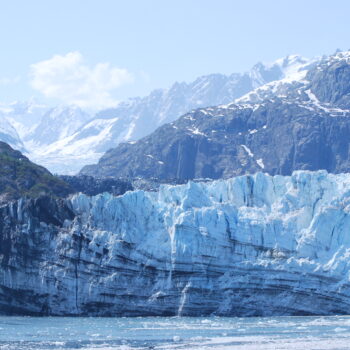
Learning into the Present II: Operating Complex Systems
There is the matter of postlude when we return to the story of kayaking on a turbulent river. Fortunately, there was not a tragic ending. Once we finally made it back to our home shore, we joked “can you believe people row around the world? We barely made it in a controlled delta with land on both sides just because of a little wind, tide and river conspiracy to increase the risk of our little adventure.” Thankfully we were able to adapt our mind-set from simple to complex so we could safely make our way home. Not everyone is able to do that, however, as we learned when we later read about a tragic event in the newspaper.
A star baseball player in a local high school jumped into a Lake to fetch his drifting raft. On any ordinary day, such an event would end with this young athlete rescuing his errant raft. He would subsequently enjoy BBQ and floats across the lake on a lazy afternoon with friends. However, on this same day, wind conditions were shifting. He eventually drowns while trying to fetch his raft on Lake Berryessa in Napa California. This baseball star was an accomplished swimmer. The raft was clearly in site. He was swimming in a lake that is usually calm. It has clear nearby shores and is not as vast as the ocean. Yet, in that moment on that day, the wind and the mud and the water overwhelmed the simple, frozen task of swimming out to rescue a raft. Why had the raft drifted out from the safety of the shore? Likely, the wind had blown it there, the same wind that would pull the water away from the shore—thus creating a micro-riptide of its own, catching the athlete by surprise.
Perhaps if he had been able to shift to a complex, fluid thinking state in that moment, he would have chosen to let his raft drift out further. He could have asked for help from someone with a boat which could safely capture it. He might have been able to conserve his energy for a tough swim back to the shore had he recognized the turbulent flow of the lake. Alas, instead he swam to his death, to be mourned by his community and friends in yet another tragic drowning that takes several people’s lives every year. What VUCA-Plus condition was he not prepared for in that seemingly simple puzzle? The consequences of our mistaken perceptions can be fatal when we only see a puzzle where mother nature creates turbulent problems and ultimately, incomprehensible mysteries.
Many options are available when we find ourselves in a Fluid State. Many paths can be taken. We are confused, in a frenzy, undirected. We can illustrate this state by turning to the flocking of birds–which we have described in one of our previous essays (Fish and Bergquist, 2023). We noted that birds tend to flock because predators find it hard to focus on any one bird in the flock. The same reason exists for the schooling of fish. Let’s take the perspective of a hawk. He is swooping in on the flock of birds. However, there are so many options for a bird to grab that he loses focus and can’t home in on any one bird. The hawk swopes through the entire flock and catches none of them. His only hope is that there will be a bird flying independent of the flock on which he can focus.
Not only do birds flock and fish swim in schools, the challenges we face as human beings also often come to us as swarming messes (a term we used to describe problems with many layers that are often shifting). More precisely, challenges that are fluid in nature can often be difficult to address. Like the Hawk, we find it hard to concentrate on watery issues. As we have already noted, laminal dynamics provides clear distinctions and separations between two or more layers of moving fluids. However, as we have also noted, when fluid systems are pushed hard the layers tend to interact. Turbulence reigns supreme—and we must adapt or fall victim to the swirling confusion. We become Hawks who fail to achieve anything.
- Posted by Bill Bergquist
- On March 19, 2024
- 0 Comment



Leave Reply